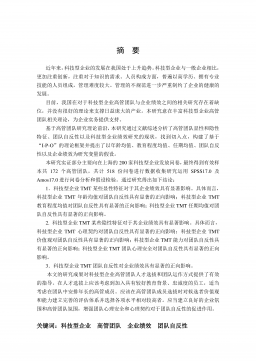适用于厄立特里亚电站小型风力机研究
摘要厄立特里亚,非洲东北部的一个国家,一直积极从事不同的可再生能源,特别是风能的开发和利用,在进行独立初步调查的头几年,我们研究全国各地不同地区的风速。厄立特里亚记录分析表明了在厄立特里亚首都阿斯马拉附近的中央高地的边缘风力资源情况。测试在两个地点进行,在南部港口城市ASEB分析得到的风速记录显示在10米高度的年平均风速为9.5米/秒。沿红海200公里的海岸线表面风速记录表明,厄立特里亚可能会发现类似的潜力。基于这些发现,在这个区域风力发电应该比进口柴油产电更廉价。在厄立特里亚的风况决定是否需要一个小规模的风力涡轮机产生平均风速在8米/秒的功率。在这篇论文的主要工作包括:(1)该论文的第一部分...
相关推荐
-
我国基层财政困难的制度成因分析与对策研究VIP免费
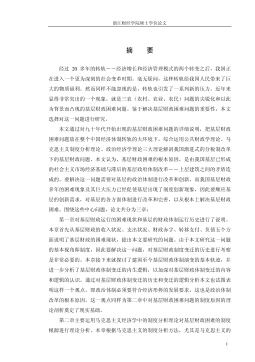
 2024-09-20 37
2024-09-20 37 -
我国煤电产业链纵向交易合约机制研究VIP免费
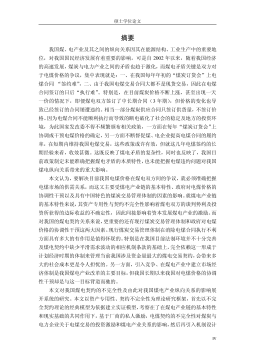
 2024-09-20 29
2024-09-20 29 -
生产要素视角下的上海市产业结构优化研究VIP免费
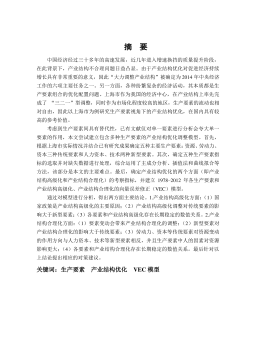
 2025-01-09 7
2025-01-09 7 -
我国银行业结构与经济结构关系研究VIP免费
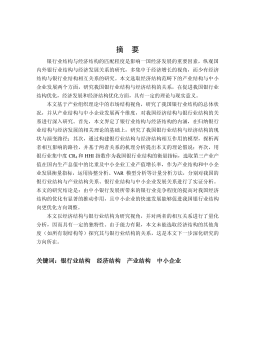
 2025-01-09 11
2025-01-09 11 -
大数据视角下农业供应链金融研究VIP免费

 2025-01-09 8
2025-01-09 8 -
跨国大型综合超市的规划研究VIP免费
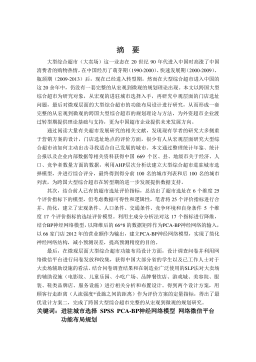
 2025-01-09 7
2025-01-09 7 -
跨境电商农产品质量安全问题研究VIP免费
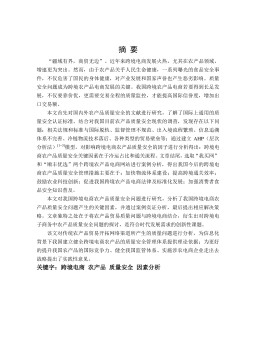
 2025-01-09 8
2025-01-09 8 -
世界市场的虚拟化与我国国际电子商务发展方向研究VIP免费
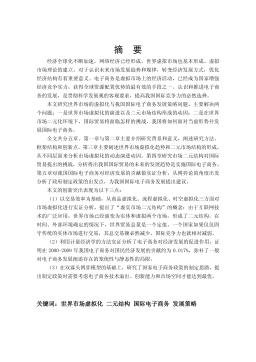
 2025-01-09 12
2025-01-09 12 -
中国政府对电力行业的价格规制问题研究VIP免费
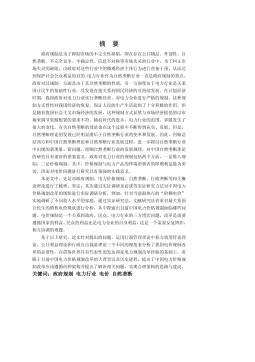
 2025-01-09 16
2025-01-09 16 -
中小企业信息化系统集成技术研究VIP免费

 2025-01-09 22
2025-01-09 22
作者详情
相关内容
-

跨国大型综合超市的规划研究
分类:高等教育资料
时间:2025-01-09
标签:无
格式:PDF
价格:15 积分
-

跨境电商农产品质量安全问题研究
分类:高等教育资料
时间:2025-01-09
标签:无
格式:PDF
价格:15 积分
-

世界市场的虚拟化与我国国际电子商务发展方向研究
分类:高等教育资料
时间:2025-01-09
标签:无
格式:PDF
价格:15 积分
-

中国政府对电力行业的价格规制问题研究
分类:高等教育资料
时间:2025-01-09
标签:无
格式:PDF
价格:15 积分
-

中小企业信息化系统集成技术研究
分类:高等教育资料
时间:2025-01-09
标签:无
格式:PDF
价格:15 积分


